Found 22 movies, 13 TV shows, and 0 people
Can't find what you're looking for?
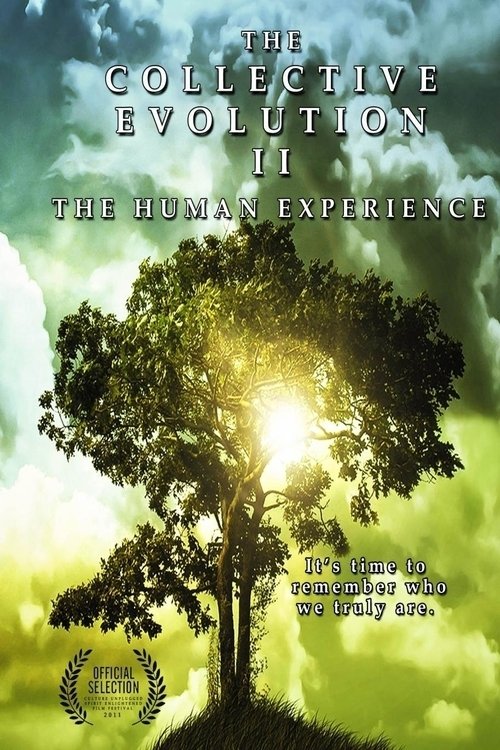
The Collective Evolution 2 The Human Experience is a documentary focused on showing each of the dimensions to the experience we call life. The documentary does this by addressing exactly who we all are, and why we are here. It further delves into each of the key pieces that make up the human puzzle, namely the planet, the body, and the ego. The documentary concludes by addressing the shift in consciousness that has already begun and continues to intensify on the planet. It's intention is to further provide the viewer with the tools and understanding it needs to step out of current limitations and instead experience the infinite potentiality we are all capable of.

In Part 1 of "Prehistoric Man," viewers come face to face with fascinating ancient creatures who looked something like apes but walked upright. We learn how they lived in their foraging societies; what their life may have been like; how they fashioned tools out of stone, wood and bone; and how scientists determine the age of the fossils that give us windows to their world. Moreover, we examine patterns that developed, which give us insight into human adaptation and evolution. These creatures lived millions of years ago, appearing during the Pliocene Epoch. Scientists theorize that a major extinction event, which happened much earlier and wiped out much of life on earth, made it possible for modern humans to evolve. Experts from major universities share their knowledge in this remarkable video that enables us to travel back in time to meet the oldest ancestors of humans.
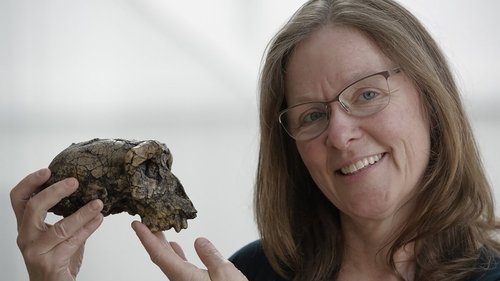
Looking at whether the history of early human evolution should be rewritten. For decades, most experts have been convinced that Africa is the cradle of mankind and many fossil finds from Kenya, Ethiopia, South Africa and Chad seemed to prove it.
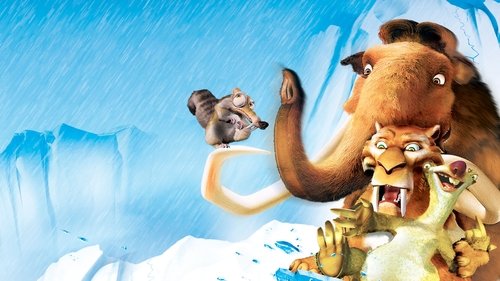
Manny the mammoth, Sid the loquacious sloth, and Diego the sabre-toothed tiger go on a comical quest to return a human baby back to his father, across a world on the brink of an ice age.

Astronaut Taylor crash lands on a distant planet ruled by apes who use a primitive race of humans for experimentation and sport. Soon Taylor finds himself among the hunted, his life in the hands of a benevolent chimpanzee scientist.

With his partner, a celebrity performance artist publicly showcases the metamorphosis of his organs in avant-garde performances. An investigator from the National Organ Registry obsessively tracks their movements, which is when a mysterious group is revealed... Their mission — to use the artist's notoriety to shed light on the next phase of human evolution.
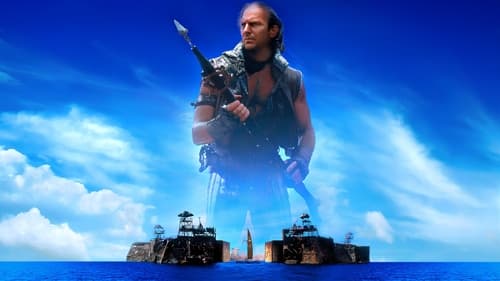
In a futuristic world where the polar ice caps have melted and made Earth a liquid planet, a beautiful barmaid rescues a mutant seafarer from a floating island prison. They escape, along with her young charge, Enola, and sail off aboard his ship. But the trio soon becomes the target of a menacing pirate who covets the map to 'Dryland'—which is tattooed on Enola's back.
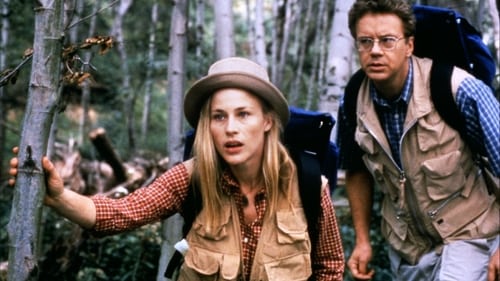
Obsessive scientist Nathan and his lover, the naturalist Lila, discover Puff: a man born and raised in the wild. As Nathan trains the wild man in the civilized ways of the world, Lila fights to preserve the man’s natural state. In the power struggle that ensues, an unusual love triangle emerges.

A small group of cosmic explorers, including a woman, leaves Earth to start a new civilization. They do not realize that within themselves they carry the end of their own dream. They die one by one, while their children revert to a primitive native culture, creating new myths and a new god.

The great follow-up to 'Walking with Dinosaurs' and 'Walking with Beasts', presented by Professor Robert Winston, explains the story of human evolution.

No description available for this movie.
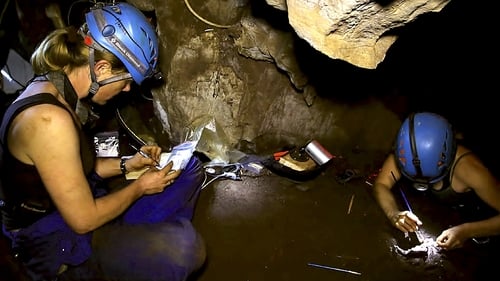
Nova and National Geographic present exclusive access to an astounding discovery of ancient fossil human ancestors.

No description available for this movie.
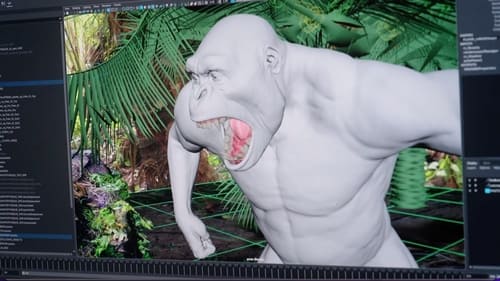
No description available for this movie.

In Morocco, new excavations on the site of Jebel Irhoud upset the generally accepted view of the dating of the appearance of man.
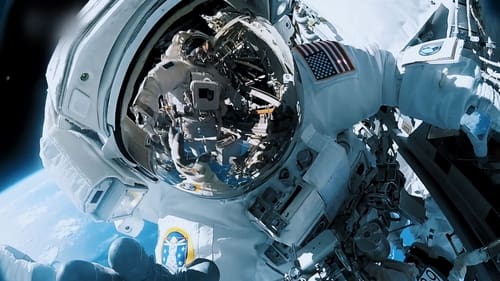
Can Homo sapiens evolve into Homo spatius? For over 50 years now, we have been testing our human nature in our effort to conquer outer space, and still 30 years away from a possible human exploration of Mars, a question remains: Can our body take such travels? Will it ever adapt? Combining human adventure and the exploration of the human body, this film offers unique insights into the physical and psychological effects of space travel on the Astronauts and measures the impact on medical sciences.
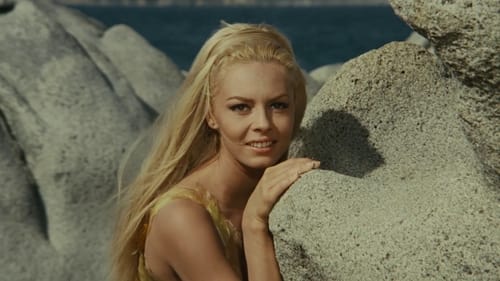
A collection of sketches that tells the story of prostitution through the ages.

The main character is crazy about about depicting various anomalies in art. Accidentally he finds a cinematography archive which makes him advance a completely new theory on the reasons why humans became bipedal. Yufit proceeds with the plot by describing a scientist struggling against the epidemic wave of anomalies in the physical and mental world thematically started in his other films. This time the struggle takes place on the background of paleoanthropology, psychoanalysis and modern art. As materials of the Museum of Anthropology and other archives are included in the film, it oversteps the boundary between a feature film and documentary.

Propelled by Claude Cloutier’s signature drawing style and absurdist humour, this animated short offers an overview of the evolution of life on Earth from rock to human, with some surprising twists in between.
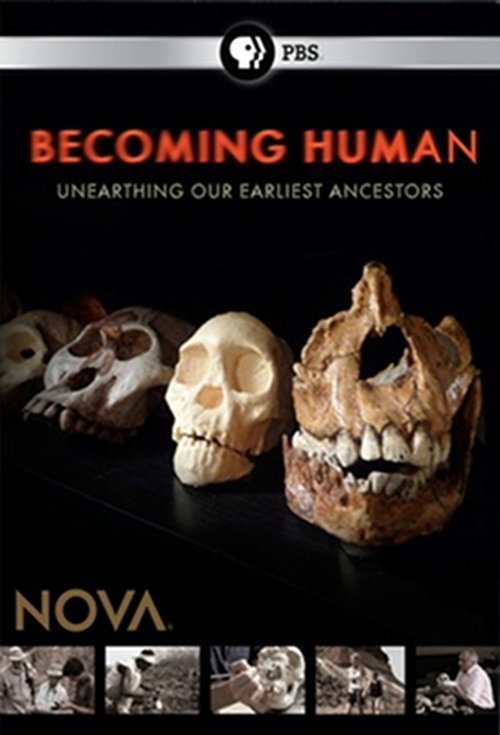
NOVA's groundbreaking investigation explores how new discoveries are transforming views of our earliest ancestors. Becoming Human explores the origins of us -where modern humans and our capacities for art, invention, and survival came from, and how our social history led to 3-5% of our genetic heritage being Neanderthal. Featuring interviews with world-renowned scientists, footage shot in the trenches as fossils were unearthed, and stunning computer-generated animation, Becoming Human brings early hominids to life, examining how they lived and how we became the creative and adaptable modern humans of today. In gripping forensic detail, we meet: Selam, the amazingly complete remains of a 3 million year-old child, packed with clues to why we split from the apes, came down from the trees, and started walking upright; Turkana Boy -a tantalizing fossil of Homo erectus, the first ancestor to leave Africa and colonize the globe. What led to this first great African exodus?
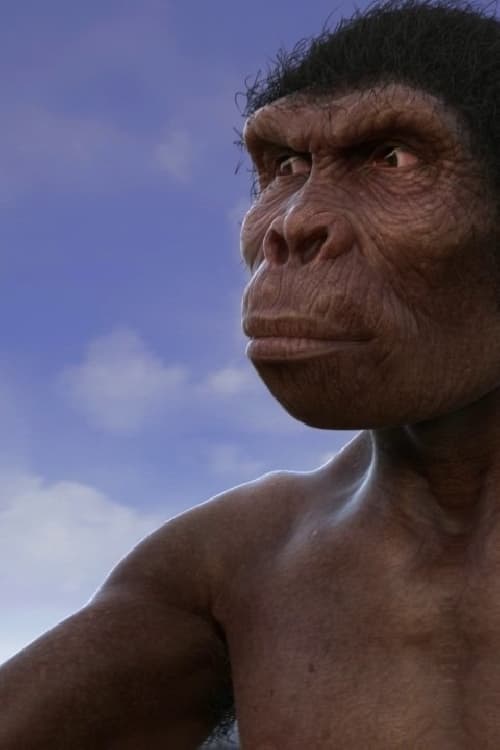
For Millions of years, our planet has been floating in space. Millions of creatures have lived on its surface. Many a quaint being was among them, but they affected only our, human imagination, for in the evolutionary struggle we are the only ones who have obtained the advantage of reason.
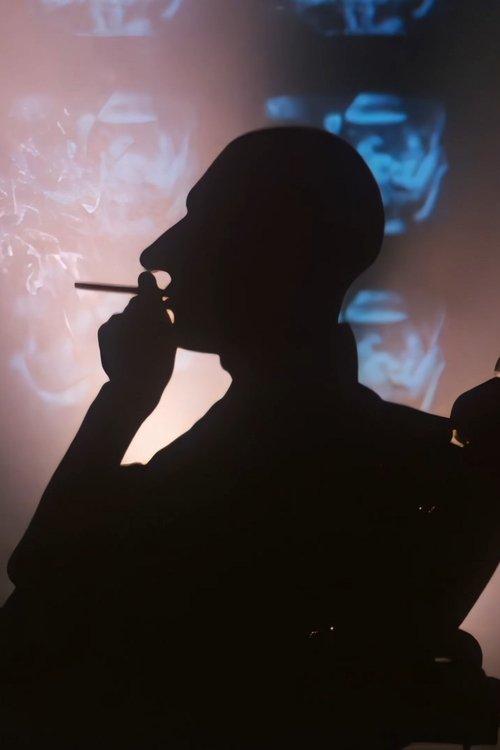
This anti-smoking public information film has the kind of stylistic sheen often associated with 1980s British advertising, with its sci-fi setting, filtered smoke and gloomy aesthetics clearly inspired by the works of Ridley Scott (although it’s directed by his contemporary, Barry Myers). It imagines a genetically advanced future humanoid who’s evolved to be a ‘natural born smoker’ – complete with enlarged nostrils and tapping finger - before reminding us that no such creature yet exists. While we expect smoking adverts to be disturbing, the titular character is disquieting in a refreshingly unusual sense.